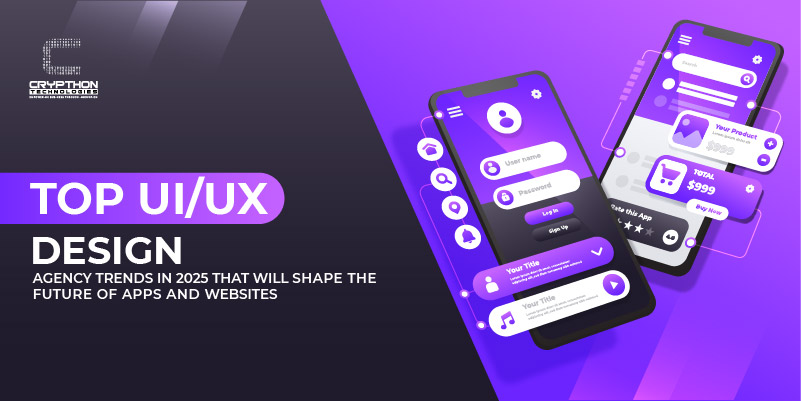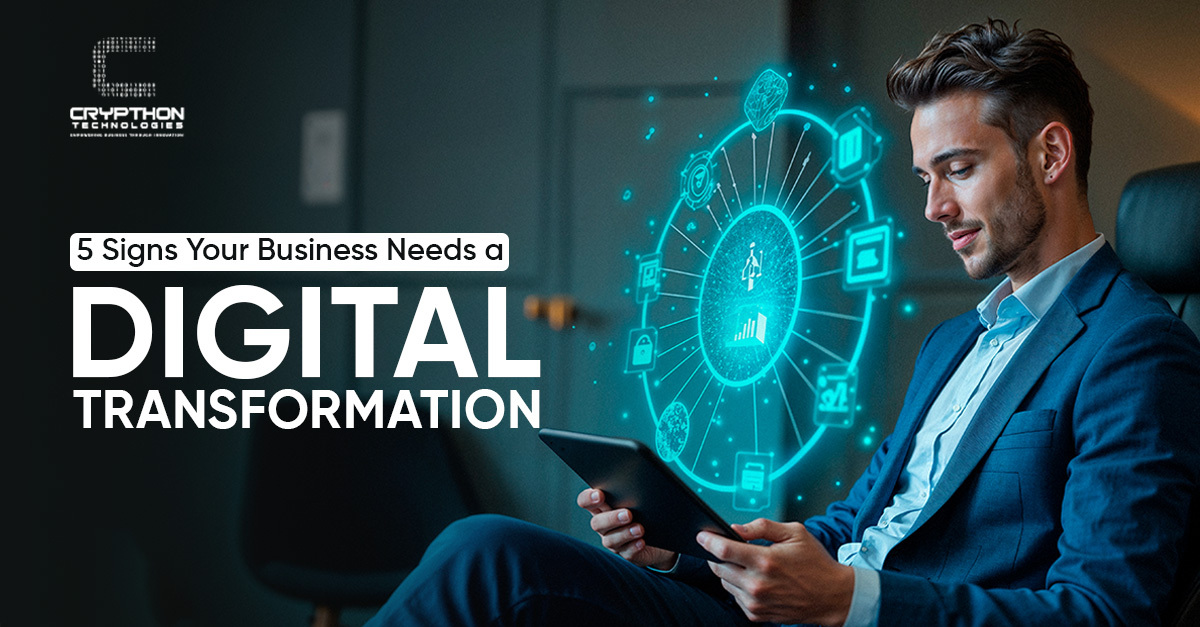In today’s digital-first world, design trends are not just for aesthetics; they play a key role in the first impression, communication, and engaging the landing audience. Designers are making an effort to make such a product that draws people’s attention; a top UI/UX design agency can enhance this impression even further.
Whether it’s a mobile app, desktop software, or an AI-powered productivity tool, design plays an important role in determining the long-term engagement of the audience.Understanding UI/UX in 2025: Why They Matter More Than Ever
UI stands for user interface. It basically means how your product looks. UX stands for user experience. It means how a person feels while using the product. UX is the flow, understanding, and satisfaction a user gets. Both of them work together so that your product is both beautiful and effortless to use. In 2025, the use of UI and UX design is improving speedily. Businessmen are using UI/UX design experts who can make their product not just beautiful but also interesting, interactive, and easy to use. These agencies are not just partners; they help your brand to stand out. They help you personalize your vision, innovate faster, and give exceptional digital experiences. They transform ordinary ideas into extraordinary results that leave a lasting impact on your audience. This blog discusses the biggest UI/UX design trends for 2025. How the use of these designs will shape the future of your products. It can be apps and websites, backed by industry insights and forward-thinking examples.1. AI-Driven Personalized Experiences
In 2025, the use of artificial intelligence is increasing more than ever, and even people use it for daily tasks. In 2025, the apps and websites will be made in such a way that everything is in front of their eyes even before they ask. Artificial intelligence customizes things like a true professional; it delivers your entire vision right in front of you, whether it’s layouts, tone or display of your content, and navigation flows. All of the commands will be aligned perfectly according to your preference. For example, a news app powered by AI could change or adjust its homepage on the spot by displaying the stories a user is interested in right in that moment. In the same way, a fitness app might recommend workouts that are compatible with the user’s energy levels, tracked through their wearable devices. The top UI/UX design agency should be an expert in their work; being able to blend the AI insights with human vision can be a little tricky. Without a trained team and careful planning, the product may become confusing or vague. The right agency shows a clear vision and uses AI to make a product that is aligned with the brand identity.Key Takeaways:
- AI is not just a coding feature; it directly impacts user interactions.
- To build trust, agencies must balance personalization and transparent user control.
- Brands that master AI-driven design will stand out in overcrowded markets.
2. Minimalist and Inclusive Design
Minimalism means to filter the things and keep the things that you actually need and remove the extra unnecessary items from your design that only crowd the product and make things complicated.In 2025, minimalism is used more than ever. A top UI/UX design agency is hired by companies. These agencies make such designs that are perfect for the content. Not too much, not too little.
Benefits:
- User attention remains intact.
- Better brand reputation
- Faster loading times
- Improved accessibility.
3. Microinteractions for Deeper Engagement
Microinteractions are small animations or details in digital products or apps that make the user experience more engaging and appealing with small elements. They may seem like minor things, but microinteractions improve the user experience.For example:
- A like button on social media with animation
- A vibration when you turn on or off your cell phone
- In payment apps, after you have made a successful transfer, an animated visual would appear to celebrate your purchase.
- The loading spinner is shown when you are waiting for the browser to open.
Why it matters:
- Users become satisfied when feedback is instant and pretty.
- Microinteractions make repetitive tasks more interesting and not boring.
- They drive repeat use and raise retention rates.
4. Voice and Gesture Interactions
We’re heading into 2025 with voice and gesture controls becoming part of daily life. Imagine changing music while driving without lifting a finger. It’s not only practical, but it also opens the door for people with disabilities to use technology more freely. A top UI/UX design agency makes sure voice and gesture controls aren’t added as afterthoughts but flow naturally with the way users move through a product.Practical Examples of Intuitive Interactions
- Voice command: “Play my morning playlist” instead of doing it manually.
- Gesture control: moving your fingers in the air to zoom in on an image in AR.
- Facial recognition: Unlocking your phone with your face.
- Eye-tracking: Scrolling a page up and down just by moving your eyes.
- Haptics: Shaking your phone to undo the last action or to stop vibration.
Design considerations:
- Voice gesture design
- Clear visual or audio cues to confirm system understanding.
- Multi-modal experiences combining voice, touch, and gestures.
5. Hyper-Personalized Onboarding Flows
The first impression matters the most. In this digital world, hyper-personalized onboarding flows mean giving the user the ability to customize their preferences. The app or software adapts to the user’s needs and wants. The product has customization options. For example, in a finance app, you have options like budgeting, investing, sharing, transferring, or saving etc. The user selects the option that they want. The product is made for all, not only for specific people. A top UI/UX design agency will create onboarding interactions that are data-driven yet personalized, avoiding the trap of information overload while still making users feel in control.Benefits of this trend:
- Higher interest rates.
- Reduced early abandonment
- Builds a strong emotional connection.
6. Ethical and Transparent Data Practices
As users grow more concerned about data privacy, design will play a critical role in communicating how information is collected and used. In 2025, expect to see more transparent UI patterns. clear consent forms, easy-to-find privacy settings, and data usage notifications. The top UI/UX design agency realizes what it takes to build trust in users. They make a clear policy that does not shake the confidence of users by unnecessary ticks on the consent form.Why it’s a competitive advantage:
- Transparency builds trust in users in this crowded industry.
- Ethical design promotes long-term user relationships.
- Regulations like GDPR and CCPA require compliance.
7. The Rise of “Design as a Service” (DaaS)
DaaS is a model in which businesses outsource their business needs. Outsourcing means hiring someone to work for you. Instead of in-house teams, you get your work done by someone else. In this, you can hire a person on a monthly subscription or project-based hiring. The top UI/UX design agency offers Design as a service models. It provides flexible design support and delivers updates about your design. This model is highly used by many brands that can get help from part-time teams instead of full in-house teams.Why DaaS works:
- Faster delivery of new features.
- Access to experts for a shorter period.
- Budget-friendly.
- Scalable support.
8. Seamless Cross-Platform Experiences
A seamless cross-platform experience means the users get a smooth journey while using the software or app on different devices. Nowadays, people use different devices like smartphones, tablets, and laptops. The designs are made in such a way that they are compatible with every device, and you can start your leftover work on another device The top UI/Ux agency makes sure that wherever the user opens apps or websites, they get a smooth experience. For example, if you are writing an email draft on your laptop and finishing it on your tablet.Key principles:
- Responsive design with flexible components.
- Cloud syncing.
- Testing across multiple screen sizes and operating systems.
9. Sustainable and Eco-Friendly Design Choices
In 2025, sustainability and eco-friendly design mean making such a design that is long-lasting while reducing digital waste and the use of data. It involves making websites that use less energy and reduce server load. In this, the low data mode makes the website eco-friendly. The top UI/UX design agency will implement sustainable practices into design strategies, such as:- Compressing media without losing quality.
- Dark mode to save battery on OLED screens.
- Reduce animations that require heavy processing.
10. Immersive 3D and AR/VR Experiences
Augmented Reality (AR) and Virtual Reality (VR) have long been associated with gaming, but in 2025, they will become essential for sectors like retail, education, real estate, and healthcare. A furniture brand might allow customers to virtually place a sofa in their living room, while a medical training platform could simulate surgical procedures for students. For example, users must be guided in ways that feel natural in a 360-degree space, without causing motion sickness or disorientation. The top UI/UX design agency plays a pivotal role in making these experiences intuitive. Designing for 3D and immersive environments requires rethinking navigation, spatial awareness, and user comfort.What’s driving adoption:
- Affordable AR/VR hardware.
- Growing demand for “try before you buy” experiences.
- Remote collaboration tools powered by immersive environments.








